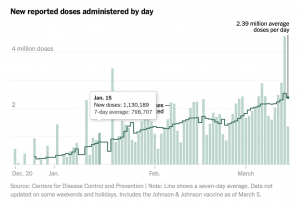When reading Chapter 4, I felt sadness, because I thought of all the missed opportunities I have had to do something good for someone else, and haven’t because it didn’t seem important, or that the power that I have is “not enough.” I would never describe myself as virtuous, because I think that that word is reserved for those who live every aspect of their lives with virtue, like Ghandi. But in reading this I’ve realized that people like me make ourselves to be smaller than we are, and our impact less meaningful than it really is. We allow ourselves to be products of our environment rather than the masters of it. Instead, we should be making a conscious effort to live virtuously because we don’t realize how much our contributions matter to others.
Although I was very much inspired by chapter 5, I was also hesitant about some of the ideas in this reading, because I began to question: if the systems in which we operate are broken, how much can individual people really do to make a difference. My first thought went to climate change, and the justice system. We can recycle and compost and free wrongfully convicted people, but it will not fix the existing issue that even more people’s trash will end up in landfills, and more people will end up wrongfully incarcerated. But then I realized that the words do apply. We have the opportunity to fix these broken systems, as deep-rooted as they may be, and how “invisible” the forces behind them are. As the author notes, even in situations that seemed hopeless, or power seemed impenetrable, justice has prevailed unexpectedly and we need to remember that going forward.
Clearly the people in this classroom and in this major knew they wanted to make a difference in some capacity, even if it meant “sacrificing” practical skills that most employers are looking for. And yet I don’t see it as a sacrifice at all. Learning about things that genuinely matter and understanding to think critically, to understand social complexities, and learning how to convey that message to an audience is extremely important in creating change. I think there is a sense of understanding that we should not just graduate and be a productive member of society, ignorant to history and social issues, there is a sense that we should take our applied knowledge and use it to do the most good we can.

